

Collections
-
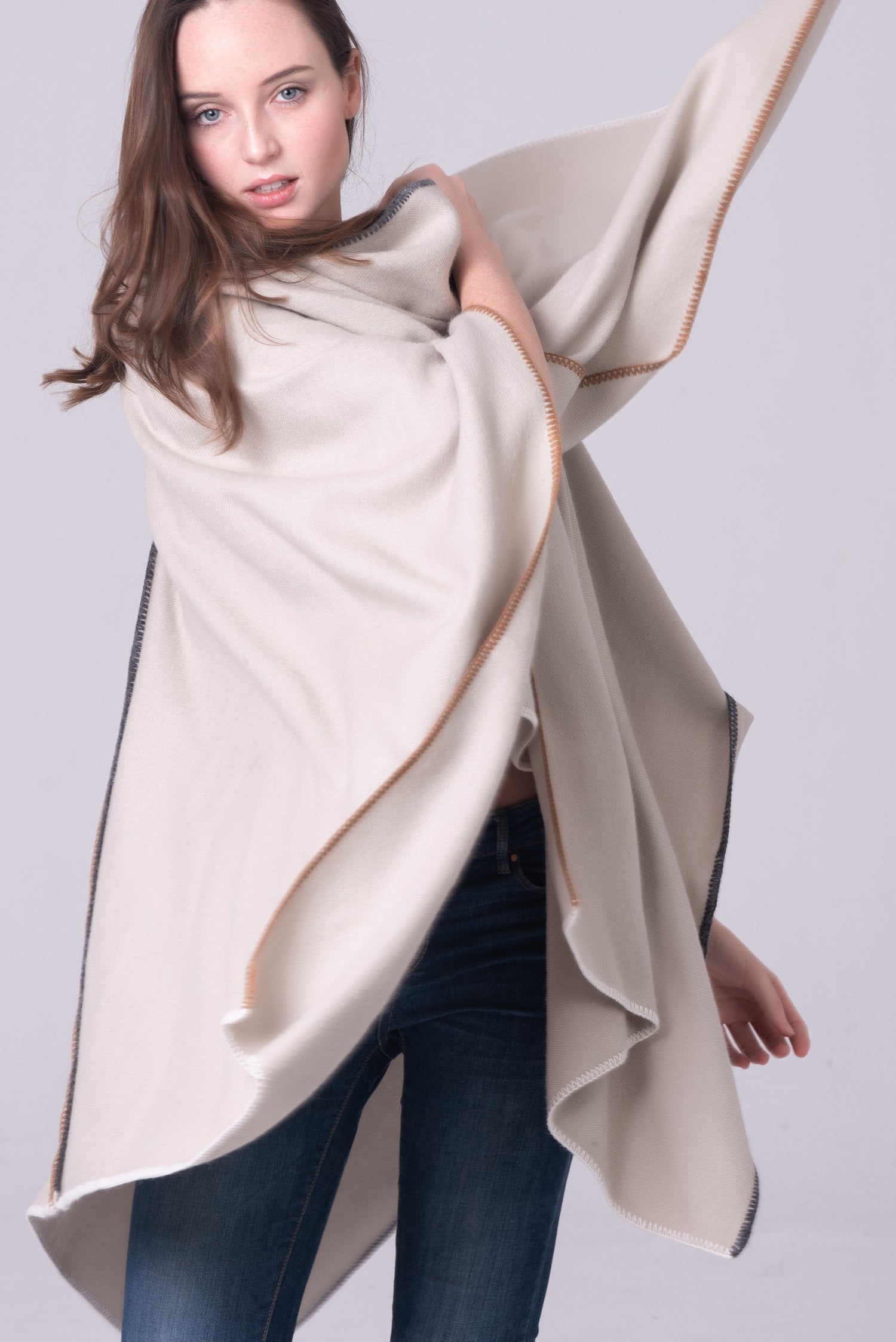
100% Baby Alpaca - Luxury Collection
Our collection of Baby Alpaca capes and ponchos is made up of...
-
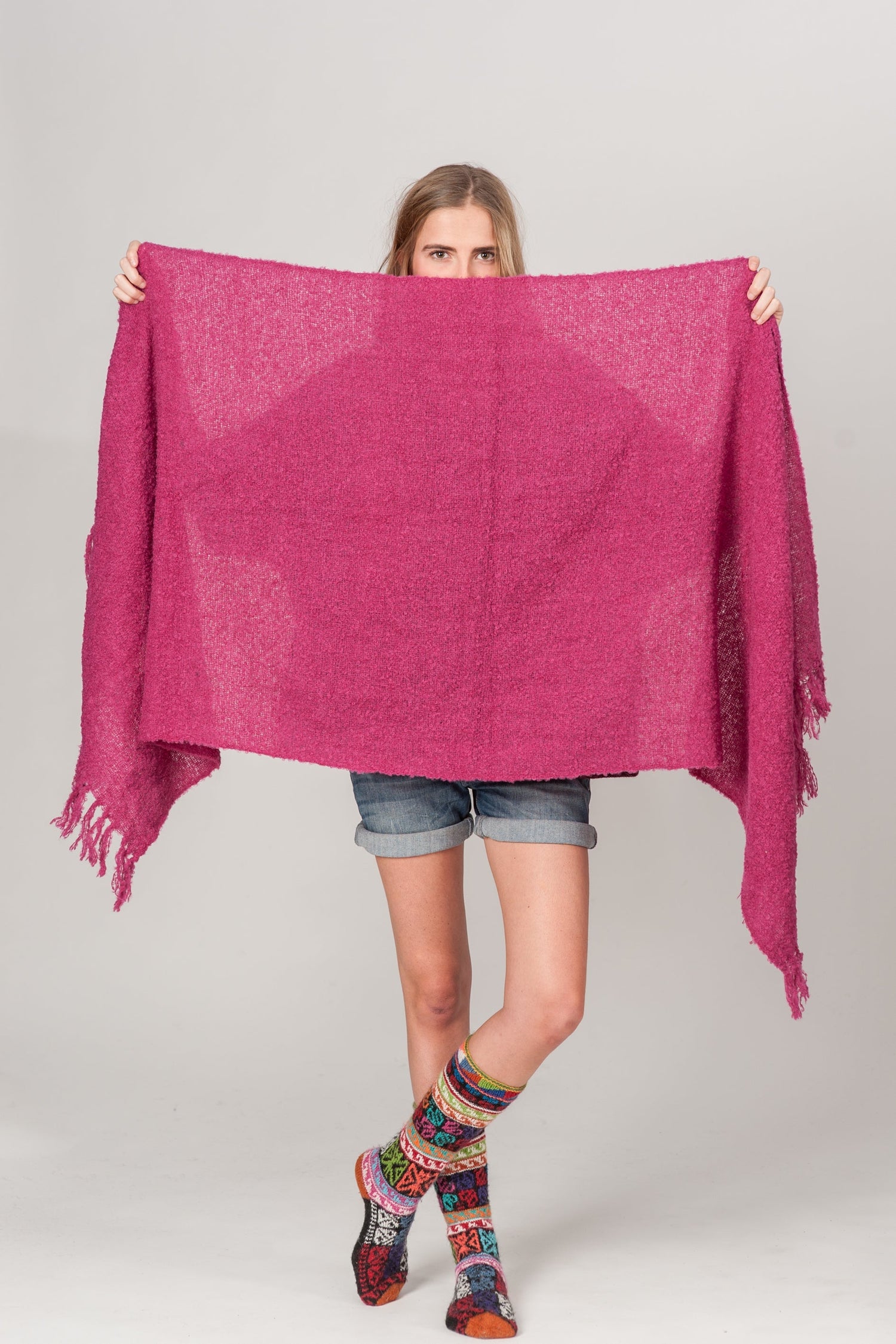
Alpaca Shawls and Scarves
Our alpaca shawls and scarves are made in small artisan workshops in...
-
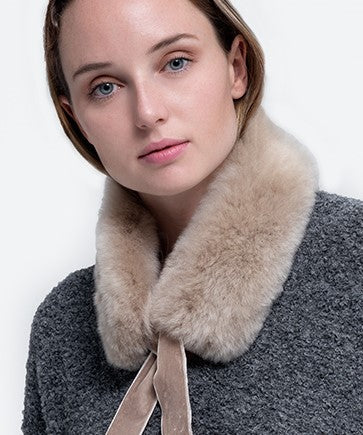
Alpaca fur scarves
Our alpaca fur scarves are made from natural alpaca fur. The alpacas...
-
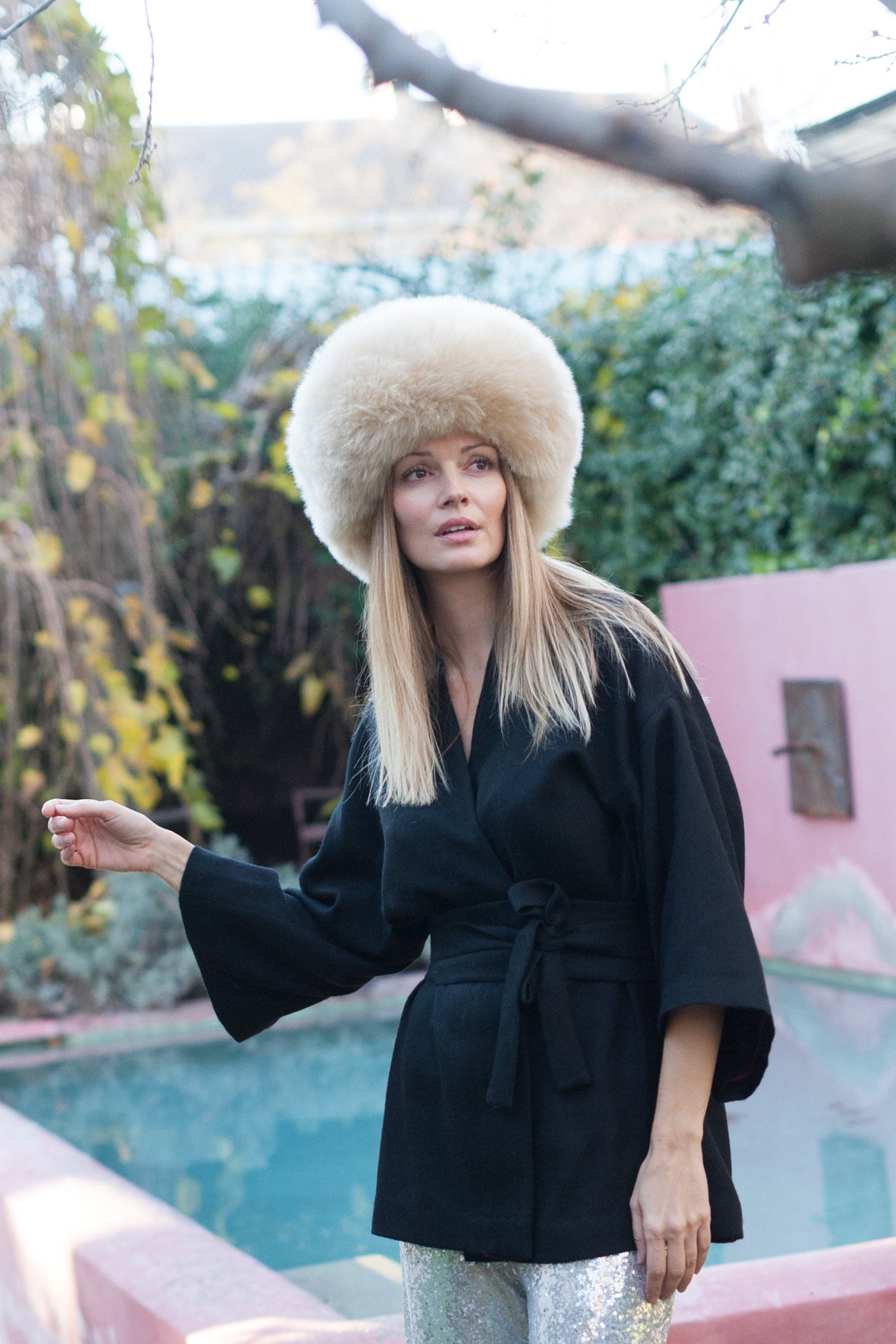
Russian Alpaca fur hat
Our luxurious Alpaca Russian Hat is an irresistible accessory that combines style...
-
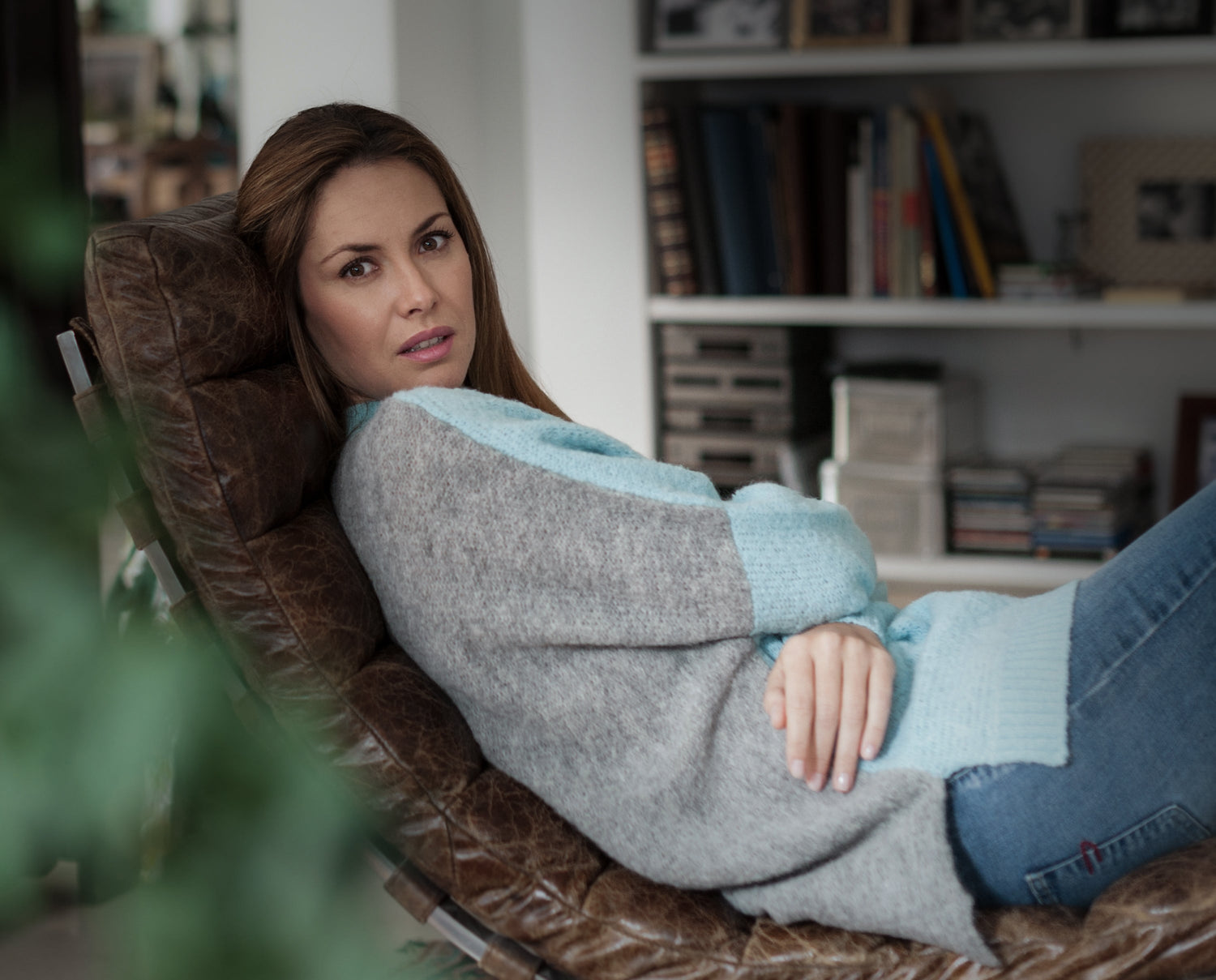
Woman Alpaca sweater
The "Alpaca sweater for women" collection are soft garments made with the...
-

Alpaca blend ponchos, capes and kimonos
Alpaca blend ponchos and kimonos, made of alpaca blend. They are made...
-
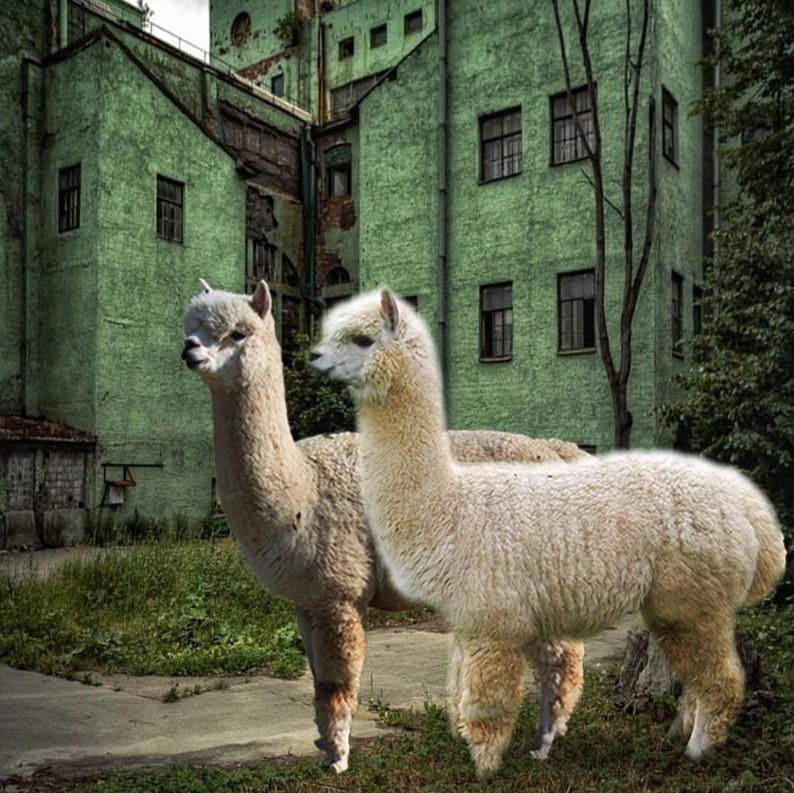
All Be ALPACA products
Alpaca wool products for women: sweaters, shawls, ponchos, scarves, hats, socks, handmade...
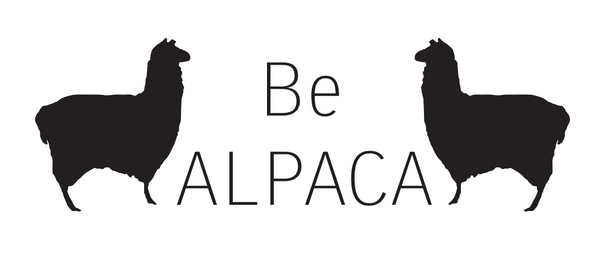







2 comments
El poncho es Peruano…hermosa historia.. gracias
I e as just given the greatest gift ever.